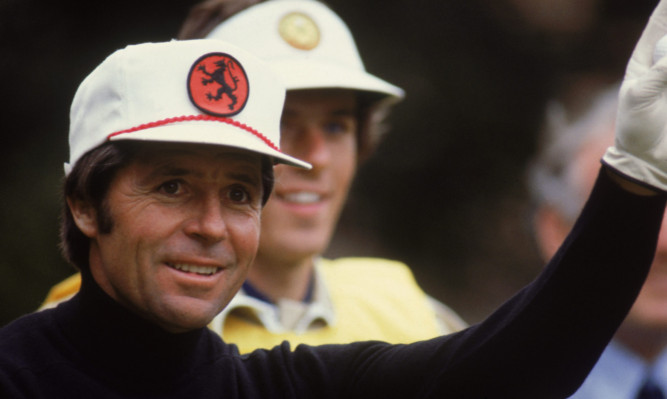
Play-offs are all the rage, with three events in the last fortnight decided by extra holes.
We’ve been fortunate enough to have two of them in the last two years at The Masters.
They’ve thrown up Bubba Watson’s miraculous shot last year, and then the classic duel between Adam Scott and Angel Cabrera two weeks ago.
However, these dramatic scenarios can often be anti-climactic, and that was certainly the case at last Sunday’s Spanish Open.
Organisers made a huge mistake by declaring there would only be one play-off hole. It was a difficult par-four and the chances of a birdie weren’t great.
After a few holes, it was starting to become boring as the players hit the same shots over and over and TV viewers were switching off.
France’s Raphael Jacquelin eventually birdied the 18th hole at the ninth time of asking to take the title.
It equalled the European Tour’s longest-ever play-off, but that’s not a record anyone should be proud of and something needs to change.
A play-off is effectively matchplay. In that case, is it right to decide a 72-hole strokeplay event in that way?
One amazing shot like Bubba’s, or one mistake from the opponent, and it’s all over.
I prefer the system at The Open, where we have a four-hole play-off, and the US PGA, where it’s a three-hole shoot-out.
It may not be as exciting, but it’s fairer and it still uses a cumulative aggregate score, like that used over the four actual rounds.
The US Open persists with an 18-hole play-off on the Monday, but that will have to change.
It’s old-fashioned, and these days TV, spectators and the players themselves want a tournament to finish on Sunday.
I was involved in a few play-offs in my own career. Some went for me, others against me.
My most memorable one was beating the great Gary Player to win the Dunlop Masters at St Pierre in 1974.
I had missed a six-footer to win the tournament on the last, but going into a play-off with Gary, I felt I had nothing to lose.
Top players don’t like 18-hole matchplay because anything can happen and that’s even more the case over one hole.
That day I could just sense that Gary (left) was a bit uneasy.
It was a driveable par-four and I hit one just short of the green, chipped up to two feet and made my birdie to win.
Gary has always believed that if the scores are level, there should be joint winners. But the records show me as the Champion not both of us!
I was involved in another play-off for the Young Professionals Championship in 1969 at Bristol & Clifton against my good friend, Brian Barnes.
I found the green and Brian had gone long, and he didn’t have a great short game.
I thought I had him but lo and behold, he chipped in to beat me!
GRAEME McDOWELL’S play-off victory over Webb Simpson at the Heritage last Sunday was a great boost for European golf.
It was a tremendous response to missing the cut at Augusta, and showed that mental toughness is the Irishman’s biggest weapon.
Hopefully, our other US-based players can feed off this success as we now move towards a string of big tournaments.

Enjoy the convenience of having The Sunday Post delivered as a digital ePaper straight to your smartphone, tablet or computer.
Subscribe for only £5.49 a month and enjoy all the benefits of the printed paper as a digital replica.
Subscribe